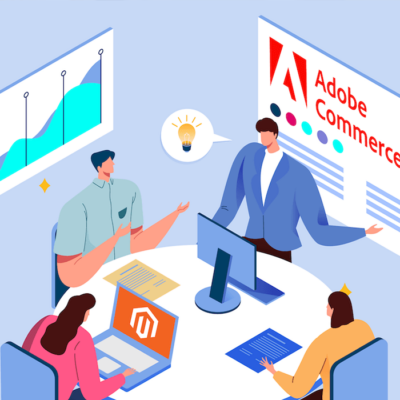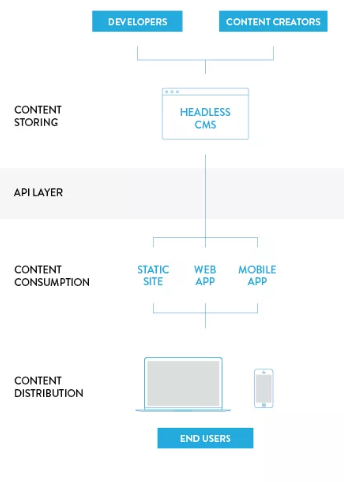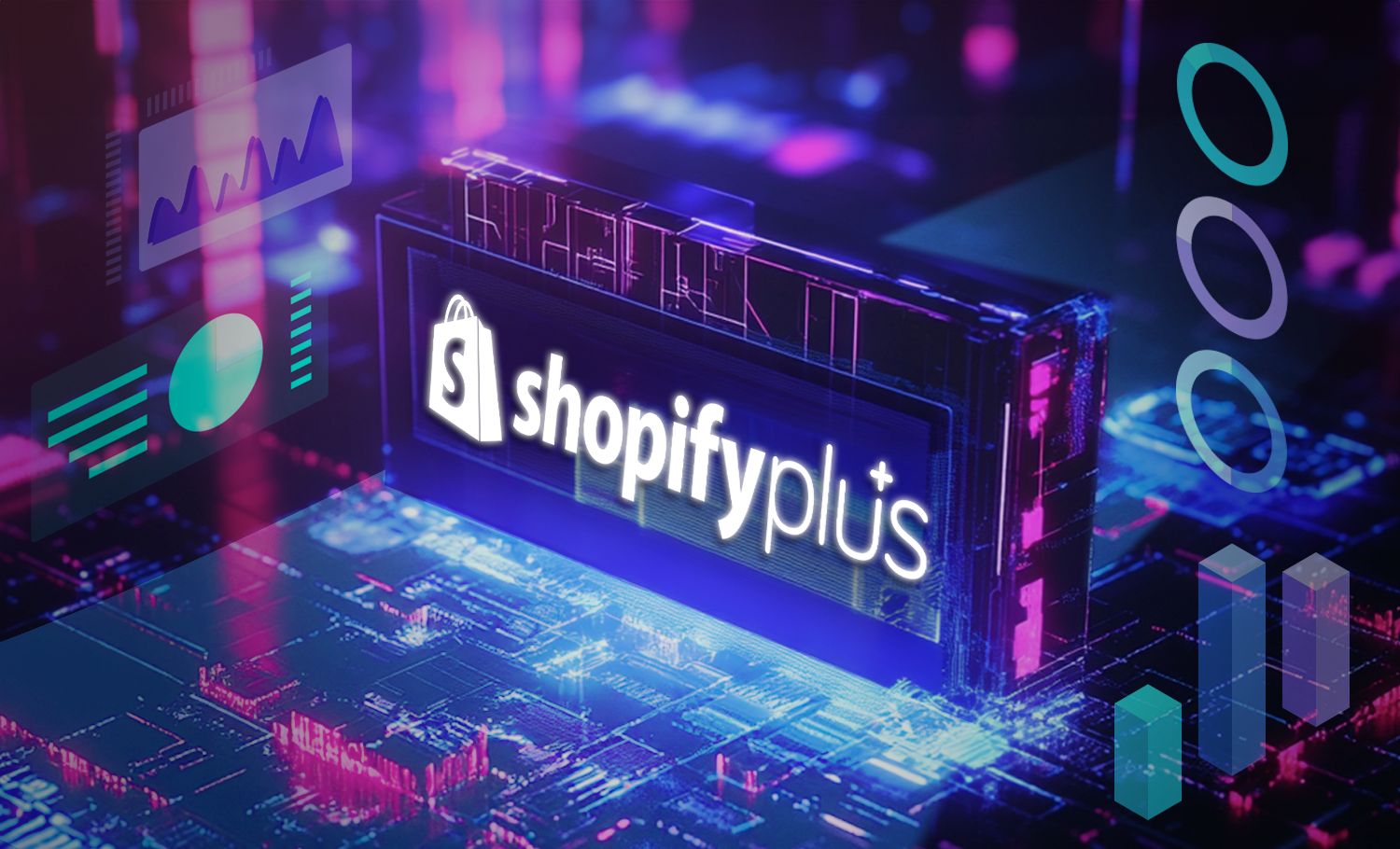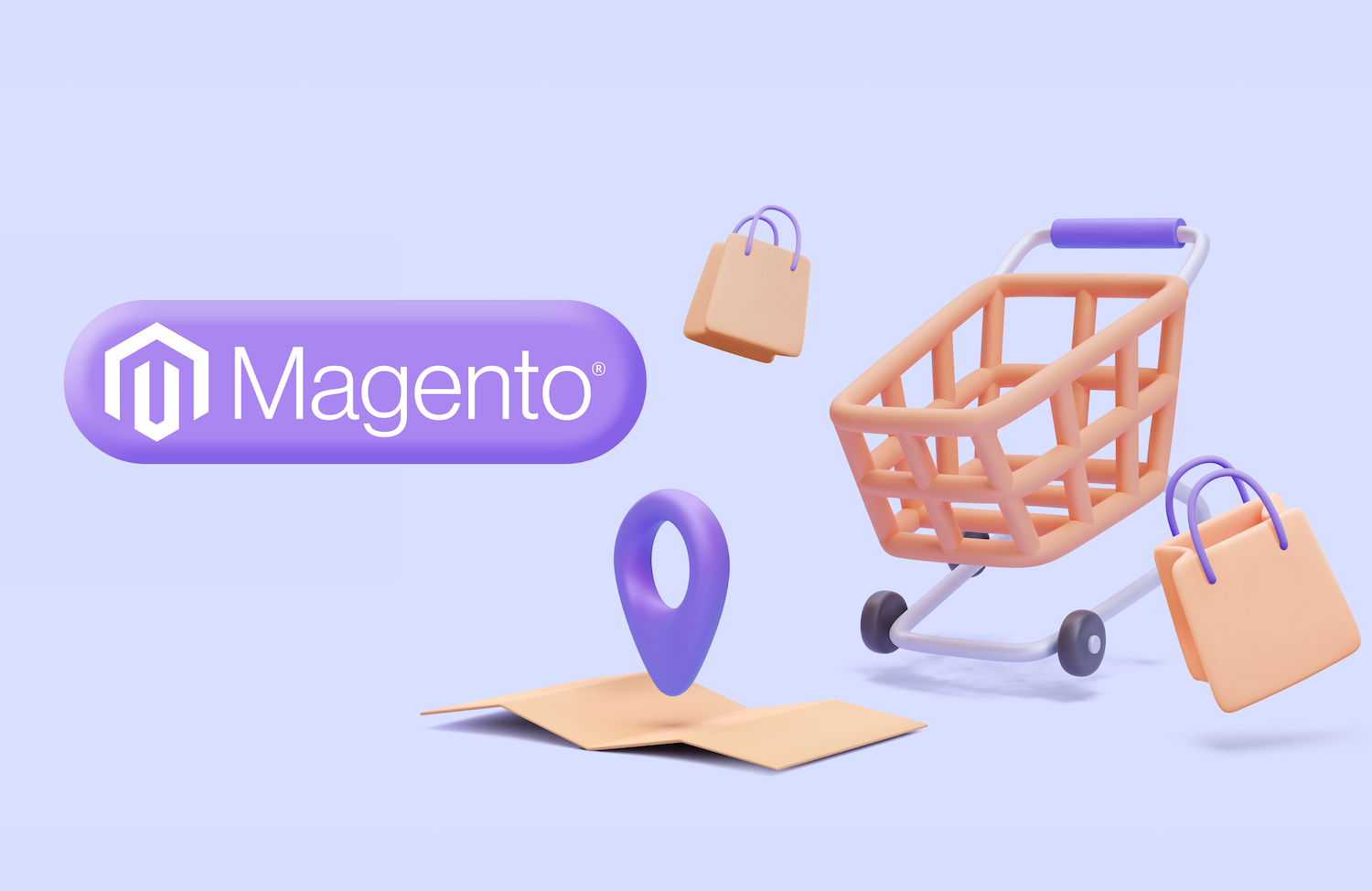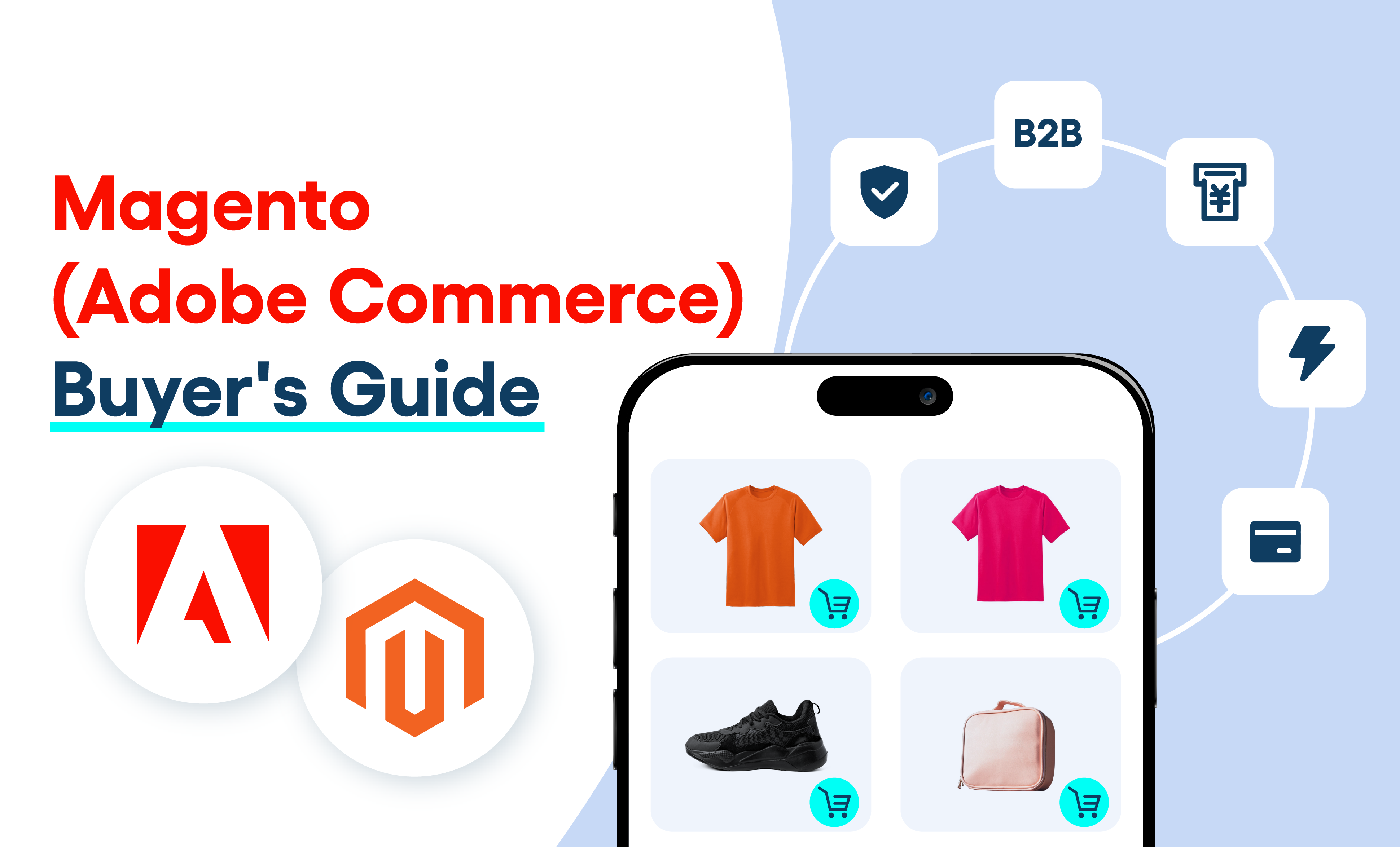As reported by Gartner, 'headless eCommerce' became one of the most popular new technologies used by international brands in 2018. Nearly 79% of brands were found to be considering, planning, or already using headless or API-based eCommerce architectures.
In this article, we go over the following:
- What is Headless eCommerce?
- Headless vs Traditional eCommerce: Pros and Cons
- The Value of Using Headless eCommerce
What is Headless eCommerce?
Headless eCommerce essentially boils down to an eCommerce development model in which the front end and back end of a website are kept totally separate (or 'decoupled') from one another.Unlike a traditional eCommerce website in which the front end must communicate with the back end in order to retrieve information, the headless eCommerce model sees the front end use an API (application programming interface) to retrieve the information requested by the user. This frees developers up from having to code so much reliance between front and back ends of the website.
In most cases, this results in significant optimization for consumer experience, website content maintenance, response rates, scalability, time investment, cost, and ease of development. Brands are now looking to headless eCommerce to help them provide users with a unique, customized and integrated shopping experience.
Headless vs Traditional eCommerce: Pros and Cons
In general, sites using the headless eCommerce model tend to run quicker than traditional eCommerce sites (though this is not an absolute rule). Headless eCommerce also enables the independent loading of data through the front end to improve user experience. Most importantly, headless eCommerce can easily scale to any channel or device.
Credit: Core DNA
Traditional eCommerce
Traditional eCommerce websites function like a large-scale factory assembly line. You need to operate related components in sequence, according to specific step-by-step processes. The front end must communicate with the back end to retrieve information for the end user.
Because of this, developers must design the front end and processes with the back end and data in mind. If the designer wishes to change the data or experience, they must change the database, code, and front end to conform with this desired change. This is in contrast to headless eCommerce, where developers don't need to modify the database - freeing up direct custom development.
Headless eCommerce
Headless eCommerce websites are more flexible and scalable. They integrate a variety of tools and adopt a more immediate approach to data retrieval via an API. Headless eCommerce uses an API as an intermediary between the front and back ends. Therefore you don't need to code either specifically to interact with the other. This is because the front end can flexibly retrieve multiple back-end modules from the API. This makes website customization easier for developers.
Most importantly, the "API as a Service" feature of the headless eCommerce model enables the handling of eCommerce processes across any channel or device. Examples include seamless links to the following channels: official websites, applets/Mini-Programs, native apps, smart and wearable devices (such as smart watches or ordering systems built into car dashboards), ERPs, and store management systems.
For example, different channels can have very different user interfaces (UIs) and ordering processes, but shopping cart, order record, and payment processing functions that are unified between them.

Image by Free-Photos from Pixabay
Application Scenarios and Employee Empowerment
Below are the most common application scenarios for APIs in headless eCommerce:
- Directory data: APIs can display directories in full or incrementally to allow external systems such as mobile devices to create navigation and content structures.
- Search and Navigation: SOLR-based search and navigation APIs are able to produce search results as well as facet query strings. You can also utilize optimized paths from search responses for client integration.
- Client Module: APIs can facilitate customer registration, as well as other functions such as address management.
- Product Information: Detailed product information, including image URLs and descriptions, can be published through an API. Customers are then able to request information about promotions, product reviews, etc, refining this information according to a range of parameters.
- Shopping Cart & Checkout: After a shopping session has begun, an API can manage a user's shopping cart, including adding items, changing the quantity, or removing items from the cart. The API is also able to manage shipping addresses, retrieve and set delivery settings, and add customer payment information.
- Ordering: After an order is placed, an API can give the customer access to a detailed history of all orders that have been placed.
Headless eCommerce can also help to empower key personnel in a company:
- Back-end staff: Can customize site features during development without worrying about affecting front-end presentation.
- Front-end staff: Can fully focus on delivering innovative content without worrying about affecting back-end development.
- Marketers: Can take part in the content customization process without any technical expertise or relying on developmental support.
Although headless eCommerce clearly has numerous advantages, it is not without its own drawbacks. Most notably, in order to make the most of said advantages, developers must create a large number of custom APIs to maximize client performance.
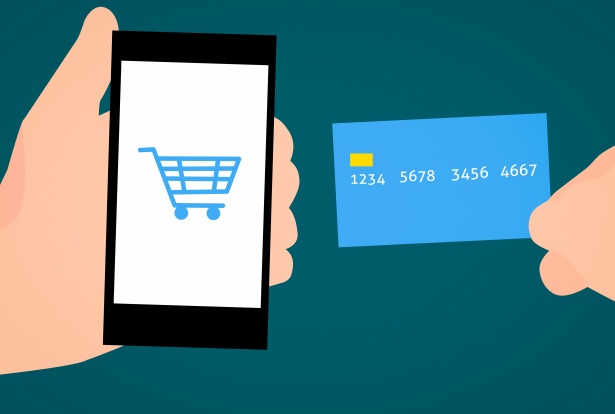
The Value of Using Headless eCommerce
Speed & Flexibility
Modern consumers are looking forward to new, fast, convenient, trendy, and seamlessly integrated eCommerce shopping experiences. Consumer demands are changing with increasing rapidity. As a result, back-end development and quick-mapping to the front end become more difficult and complex.
The separation between front and back end in headless eCommerce architecture enables brands to update the consumer-facing 'content layer' without disrupting the business or code infrastructure. Due to this architectural openness, it takes less time, effort, and final cost to deploy and integrate new features. For example, the marketing team can kick off new promotions or an innovative new UI experience without the development team having to code in entirely new systems and interactions to make these possible. Or they can deploy new UIs quickly and easily, while team members can simultaneously handle multiple new deployments in parallel. This massively increases project speed and efficiency. Also importantly, the team no longer needs to carry out extended of rounds back-end logic testing for each UI change.
Customization
With the front and back ends separated, websites are no longer 'package deals'. Individual features are modular and you can pick whichever you'd like and integrate them at will. Similarly, you can remove these features without affecting the back end also.
This means that headless eCommerce is highly suitable for platforms that wish to offer customized features and interfaces. Additionally, it opens the door to easy integration with third party services.
Multi-Channel
Through flexible use and integration of different APIs, headless eCommerce can smoothly adapt to any mainstream channel and system.
If a company wants to commit to a multi-channel approach - for example, integrating multiple device access (desktop, tablet, mobile), native apps (iOS, Android), mobile PWA eCommerce, WeChat H5 and Mini-Program, OMS, CRM, ERP, etc - then headless eCommerce is the perfect fit.
What Kind of Company Should Use Headless eCommerce?
Almost any company can make good use of headless eCommerce. Whether an SME or a huge multinational, all companies will need to expand across multiple channels as digital landscapes become more complex. The API-based architecture of headless eCommerce brings considerable potential and opens up numerous possibilities for companies' flexible expansion and architectural optimization.
However, headless eCommerce is especially suited to companies like the following:
- Fast-growing small- and medium-sized enterprises
- Large companies with multiple subsidiaries, brands, or other kinds of division within their portfolio
- Companies with complex or unique business rules and ordering processes
- Businesses that need to integrate multiple independent systems with their branded eCommerce strategy
- Companies with advanced CMS management needs, and those with constantly changing content
Our Services
At TMO group we fully optimize Headless setup to be integrated with any device within the omnichannel setup - PWA, Wechat H5, Wechat - Alipay - Toutiao - Douyin - Baidu - QQ Mini Program. In adddition a Headless eCommerce can enable brands to connect to any other system like CMS, OMS or ERP system to share information.
Furthermore TMO Group optimizes all it's API services with latest technology based on GraphQL, which only serves front-ends with the necessary information lowering bandwidth and increasing performance. API advanced caching to serve prior requested information via API.
Disclaimer: all pictures in this article are sourced from copyright-free platforms. If however you believe that infringement has occurred despite this, please contact us and we will remove the offending image immediately.
